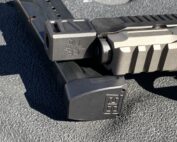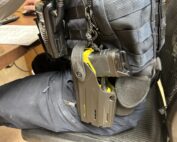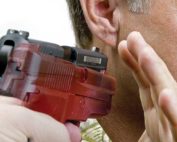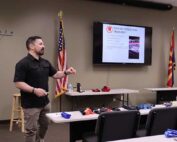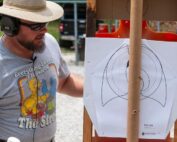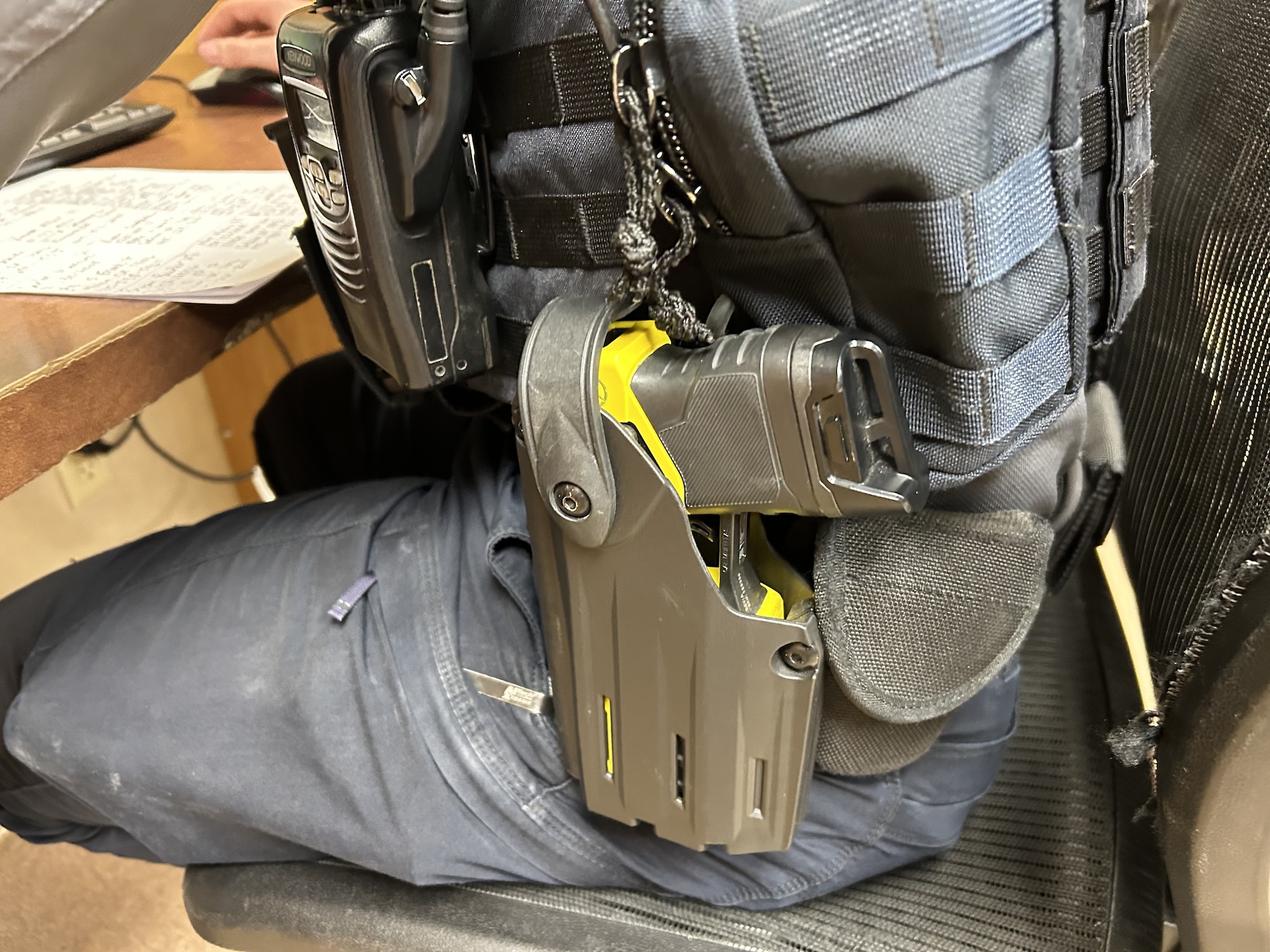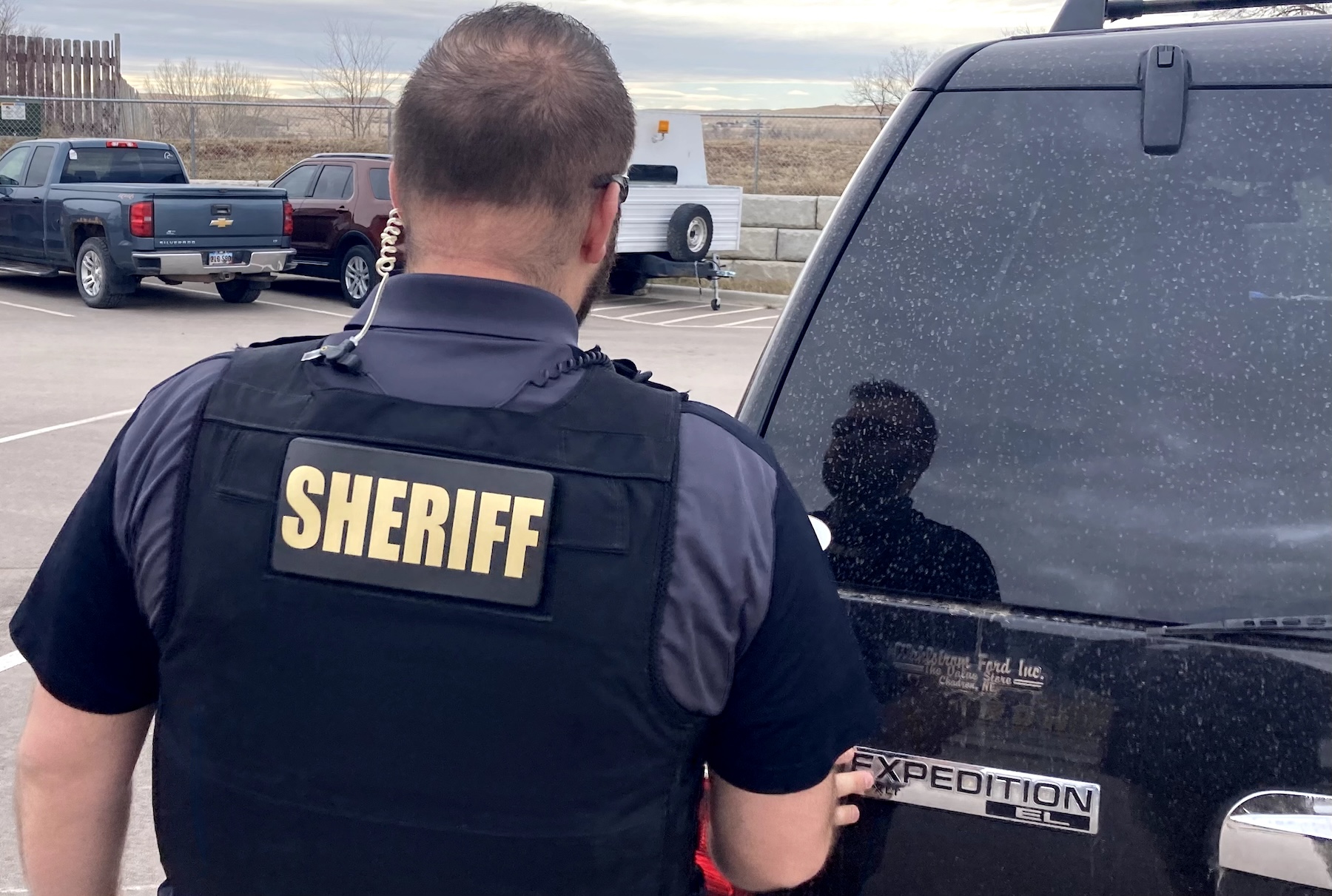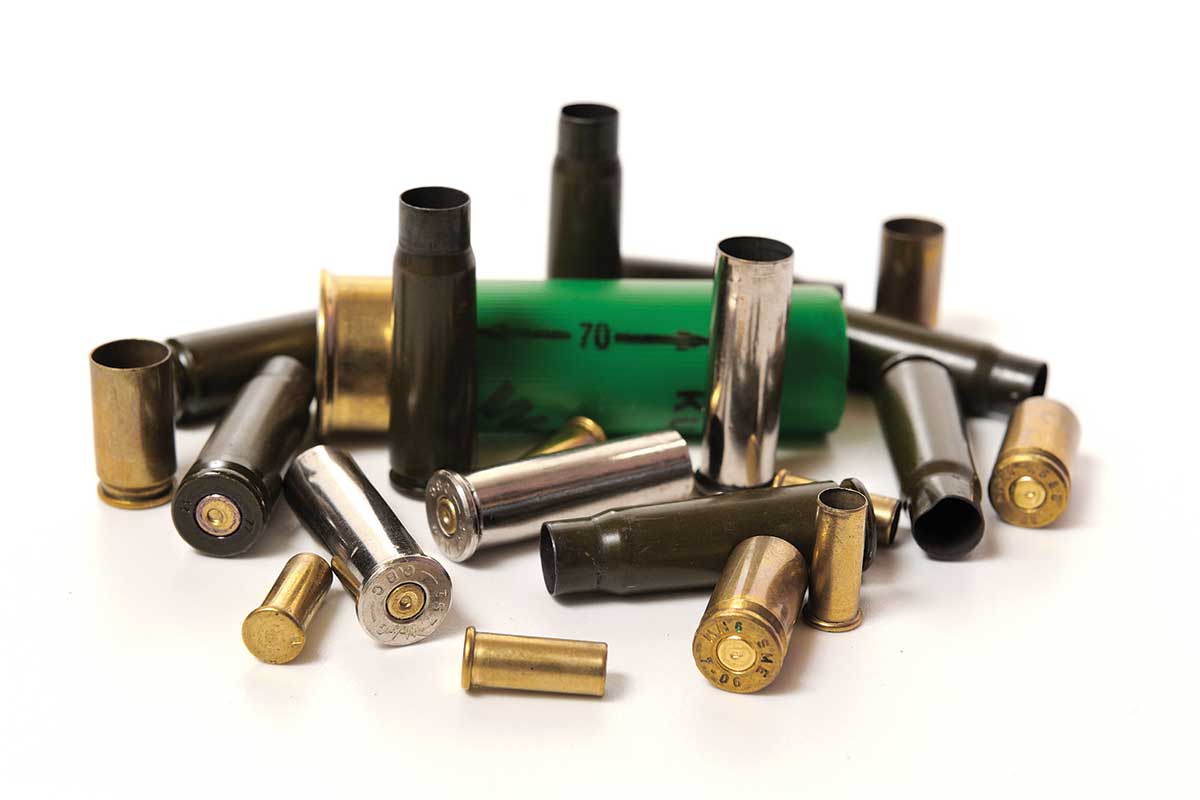
ACJF11_Moving-33-1-800
Scene 1: Just as you pull up and slam the gear lever into park, 40-50 screaming, sobbing, panicked people pour out of the north double doors of Sunrise Mall, and with them, the unmistakable staccato popping of gunshots.
The instant the apex of the stampeding mob sees you; they wheel like a herd of wildebeest and make straight for your vehicle. In seconds you’ll be at the center of their hysterical storm, while inside, the shooter just keeps shooting. What do you do?
Scene 2: In the food-court entryway, the dazed, disoriented-looking young man doesn’t seem to hear your repeated shouts to “Drop the rifle!” held waist-high in his hands. Is he the shooter, or is he a lone citizen who jumped the shooter, wrested the gun away and beat him comatose with it?
Scene 3: The first of dozens of shots were reported coming from the crowded roof of a 7-level parking structure blocking the south dead end of Financial Avenue, which commands a sweeping view — and broad lanes of fire — down the densely populated boulevard of office buildings. A paramedic unit and fire rig already squat perforated and still among clumps of hastily abandoned cars. Casualties, living and dead, lie like wind-blown trash on the sidewalks and in the scant cover of shallow building entryways. Several units are screaming in a minute or two behind you. Who do you send where?
Scene 4: A shooter is down; and so is one of your officers. There are no more shots being fired — not right now. Various reports say there were
one, two, maybe four shooters.
There are 112 shops in the mega-mall and two multiplex theatres. Dispatch confirms you will be the ranking officer on-scene for at least thirty minutes. What now?
If you haven’t already brainstormed scenarios like these, start now. In the first scene, for example, before the stampeding sheeple can mob you into ineffectiveness, you could point and yell, “Go there! To the far end of the lot and wait!” Pick the least crazed-looking one and shout, “You! Count them, sort out the wounded and injured and wait for instructions! You’re in charge!” Sometimes people do rise to the occasion …
Some things you can count on: First, moving/active shooter incidents will occur. They’re now burned into the social culture, and every psycho wants to make the biggest splash. Second, nine out of 10 sergeants will be virtually unprepared to deal with them. Third, sheer courage and spontaneous brilliance have their value, but for supervisors, neither can compare with sound strategic forethought.
GATHERING INTEL
Get a big 3-ring binder with document sleeves and an accordion file. Begin acquiring reports, analyses and news stories about every moving shooter incident you can find. Note: News articles, while often factually wrong and materially redundant, frequently contain potentially valuable comments from armchair critics; “the cops should have done this” and “why didn’t police do that?” observations made with 20-20 hindsight. Ill-informed idiots may have made such comments, but you may find good grains of thought among the boulders of bullshit. Too often, official police statements and reports have been scrubbed of any valid critical info, which might invite more criticism — or lawsuits.
No need to be obsessive about it; just get a good feel for their tempo and recur-ring operational aspects. Note individual techniques used by the shooters, like Virginia Tech shooter Seung-Hui Cho locking his victims inside the kill zone with chains and locks he brought with him. Whenever such actions have been published, the odds are, they will be copycatted in the future. As you’re reading, also keep in mind latent moving shooters tend to emulate actions, clothing, equipment, weapons choices and more from terrorist incidents like the Mumbai, India attack, action movies, and popular violent video games. In fact, it seems very few moving shooters have original ideas; most get their inspiration from the fiction-fantasy world they spend most of their limited lives in.
Raw data goes in the accordion file. Final notes, training needs, op-plan outlines, etc. go in the binder, along with your agency’s policy (if any) on moving shooter incidents. One positive aspect is that 90 percent of all your study and prep for moving shooters cross-decks to solid prep for other critical incidents.
STATS & SCENARIOS
Statistical near-certainties include the fact that first, every second counts once shooting commences; the killing will continue and multiply rapidly until the shooters are neutralized, or, like Cho, take their own lives as soon as cops close in. This requires a completely different tactical approach from conventional containment and perimeter-priority doctrine. You’ve got to get in fast and hard.
There will be casualties, hysteria and an absolute need for firm direction. Your officers will need strong supervision both during and after the incident. The bottom line: The more thinking you do up front, the less reacting you do on the scene. You’ll be ready — right?

